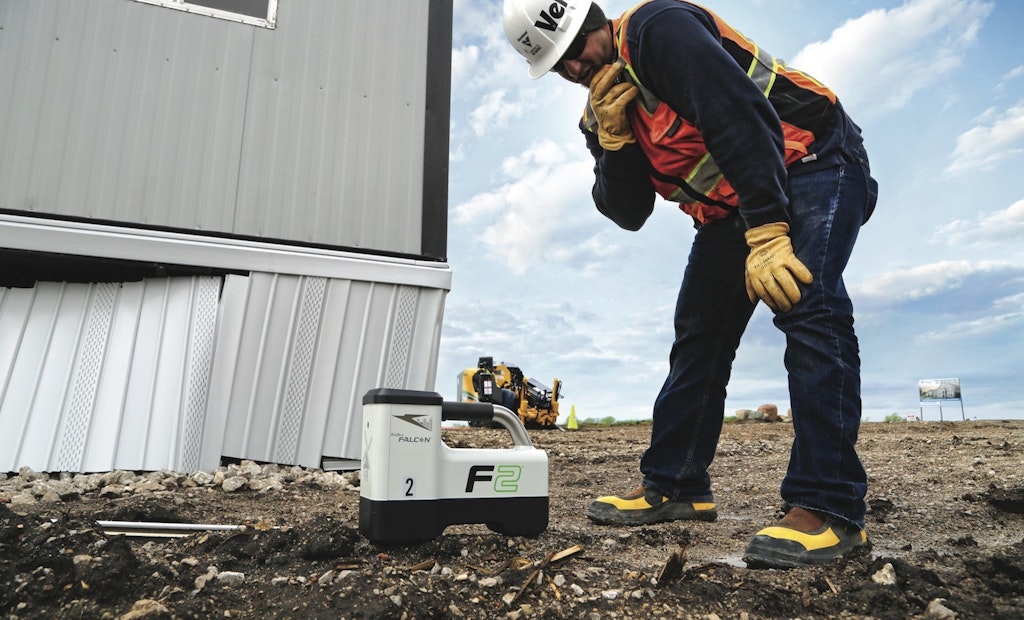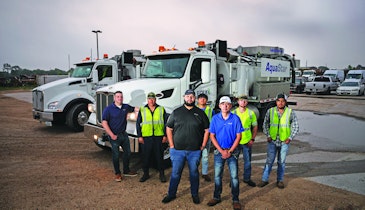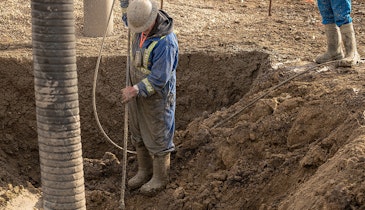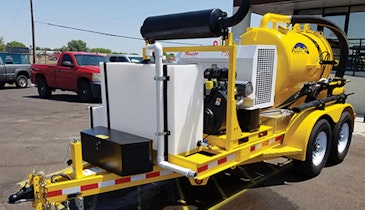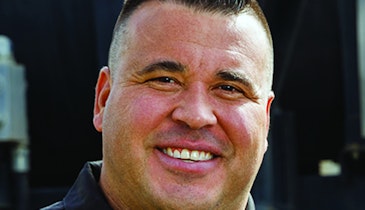Interested in Drilling?
Get Drilling articles, news and videos right in your inbox! Sign up now.
Drilling + Get AlertsWhen asked about an opponent’s plan for an upcoming match, former champion boxer Mike Tyson once said, “Everyone has a plan until they get punched in the mouth.”
Tyson’s commentary on the sometimes fleeting and precarious nature of planning doesn’t just apply to the boxing ring. Every utility job site should start with a plan. But many jobs can face the unexpected — things like changing ground conditions or machinery breakdowns — that can cause plans to change, meaning completion requires straying from the original strategy. Qualified, experienced workers are often good at adapting to changes in conditions.
It’s that ability to respond quickly and effectively to an abrupt change in plans — like a punch in the mouth from Mike Tyson in the first round of a championship boxing match — that contractors and their workforce should try to embody. Good communication is key to adapting to change.
Tailgate talks
Frequent and deliberate discussion among contractors and workers is a vital step to help maintain a safe, productive job site. Though sometimes overlooked, the opportunity to talk about the specific tasks of the job at hand, what was learned from the previous day’s work and any potential stumbling blocks that could impede progress is one that every crew should take. It’s often best done at the beginning of a work day as a “tailgate talk,” according to Vermeer product safety engineering manager Darin Dux.
“On a job site, contractors are constantly reviewing the tactics of meeting their objectives, figuring out how they’re going to set up everything and proceed with the work, and making sure a job is progressing as planned,” Dux says. “They’re asking questions like, ‘Do we have all the right equipment on site?’ ‘Is the equipment in proper operating condition?’ and, ‘Do we need to adjust our setup?’ You rarely know everything that’s going to happen on a job site, so you need to know how to adapt if things change abruptly.”
Regular communication addresses the progress in how well those types of questions were answered on past jobs and lays out plans for how workers can do an even better job of doing so on future job sites. Dux recommends including these types of topics during every tailgate talk:
- Evaluate past challenges and successes. “It’s good to go through and review how things went the day before. Think about what went well and the day’s challenges,” Dux says. “Review those things not only from a safety standpoint, but how work progressed throughout the day.”
- Provide learning opportunities. Regular communication can help make training more effective by not only updating crew members how that training is progressing, but also giving all workers the opportunity to share the “best practices” that work for them. “Workers typically develop best practices to get things done efficiently, safely and effectively on the job,” Dux says. “It’s an opportunity to share those wins.”
- Establish strategy and tactics. A morning discussion among contractors and workers can help lay out a game plan for the day’s work, ensuring each team member knows their specific responsibilities. “We want everybody on the same page to start the day, then they can re-evaluate progress later on to gauge their progress and determine if they need to change tactics,” Dux says. “The more intentional this kind of communication is, the more efficient and safe an operation is going to be.”
- Identify any hazards and review safe practices. Review the work plan to identify any risks workers may be exposed to that day. “A review of the day’s planned work, the equipment to be used, and the conditions likely to be encountered paves the way for safety. A thorough review and understanding of any new equipment’s operator’s manual must be done prior to operation. This not only assures safe operation but helps get the most out of the equipment.”
Identify a communication leader
Whether your job site has a clear, defined foreman or chain of command, it’s important to have someone to lead communication efforts. The Occupational Safety and Health Administration requires a “competent person” be on each job site who is “capable of identifying existing and predicting hazards in the surrounding or working conditions which are unsanitary, hazardous or dangerous to employees, and who has authorization to take prompt corrective measures to eliminate them.”
Any job site OSHA regularly inspects is required to have a competent person, and that crew member is often a good choice to lead communication efforts in addition to his or her OSHA safety duties.
“It’s somebody that is the organizational person who communicates safety information. Well-run job sites all have something in common, and it’s having someone in charge of adhering to industry best practices,” Dux says. “Having one person like this gives other workers a specific go-to person if they have any questions or concerns. It also helps foster good hazard communication in the event of any unforeseen circumstance.”
That hazard communication is of paramount importance on every job site and a key component of determining who is the right person on each job site to take the lead.
“Most jobs are marathons, not sprints. You’ve got to approach all communication deliberately and intentionally,” Dux says. “The most important thing you can do is go home after a day’s work in the same condition in which you arrived. A lot of injuries are caused by people getting in a hurry. They think they’re doing the right thing by working as quickly as they can, but often don’t really understand the full extent of the hazards they could face. It’s important to have a reliable person who can make sure everyone stays safe and gets the job done well. All of this involves having good job site communication.”
